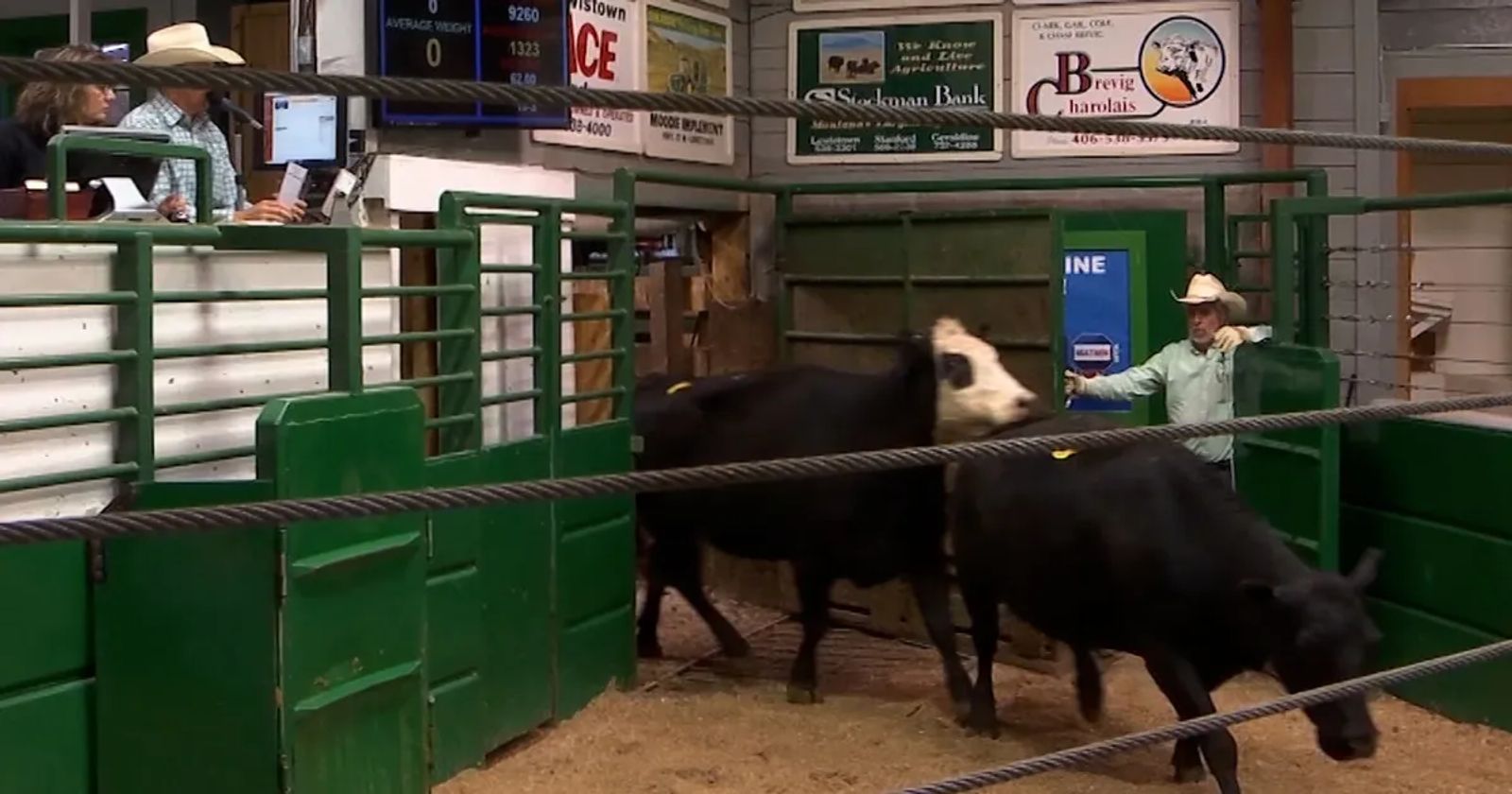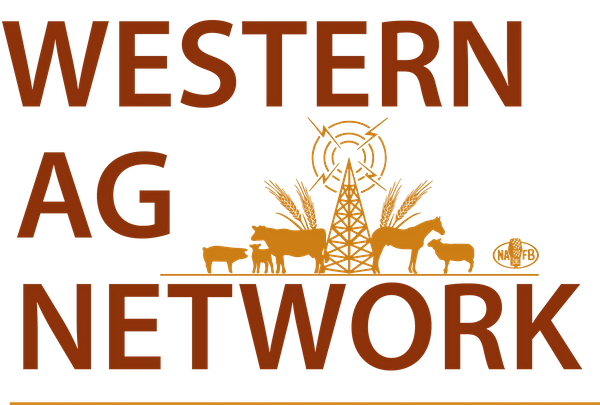
Strong Cull Market: Three Good Reasons to Cull Now
October 6, 2020
This is not a year to delay cull cow sales, for several reasons. Wesley Tucker, agricultural business specialist with University of Missouri Extension, says 2020 is an atypical season for the cull with prices holding into October.
"There are several factors all working together to make this a good time to sell culls," says Tucker. He notes an increase in hamburger demand, due to more people eating at home. In addition, he notes the period of time when cattle were backlogged due to the pandemic has also helped create more demand for culls this year.
"Many of those backlogged cattle got over-finished, meaning there was more trim. You can take that trim off of choice and prime steers and sell it as tallow for 10-cents a pound, or you can mix it in the grind for beef for hamburger," he says.
Typically, October is not a strong time for the cull cow market. Producers normally wean calves, preg-check and then mark their culls. As more culls fill the markets prices tank, starting a slow rebound after the first of the year.
"This year that price is holding up a lot longer than normal," says Tucker. He notes in his area cattle producers are seeing a range of 50 to 70 cents per pound on cull sales.
More than a market opportunity, Tucker says selling off culls early this year will do a lot to help in areas like his where drought has hit forages hard.
"We won't have enough grass going into the fall, so we need to make those decisions now and get rid of any extra mouths we'd otherwise have to feed. It's also a good time to consider early weaning. Forage management has to be a priority right now, given the conditions on our pastures."
For producers who struggle with the cull decision, Tucker points to a guide from beef state specialist for University of Missouri, Eric Bailey, as a good reminder of the key considerations.
Bailey stresses it all comes down to performance. He says the most convenient time for most producers to evaluate the cow herd is when calves are weaned. He encourages producers key off of two decisions: (1) which production traits they most desire to have in the herd; and (2) what priority they give to each trait.
For Bailey every cow, at minimum, should wean a calf and rebreed early in the breeding season—by that he means in the first 40 days. From there he says look at the economically important traits of reproduction, functionality and production.
Regarding reproduction, Bailey says heifers should calve at two years of age and raise a calf to weaning. A cow should rebreed and calve every 365 days. He notes open cows are the greatest contributors to low weaning percentages.
On functionality, Bailey says focus on longevity. Be sure the cow has sound mouth, feet, legs and udders. Salvage any cow with any early signs of cancer eye before she can be discounted in the marketplace. Any cows that have previously prolapsed or had abnormal calving difficulty should be prime candidates to go.
Lastly, when evaluating production remember a cow needs to provide enough milk to wean a calf that will reach management's weight goal. Consider the quality of what she is producing and consider whether that, too, is in line with the overall goals of the farm operation.
Source: DTN Victoria G. Myers Progressive Farmer Senior Editor










